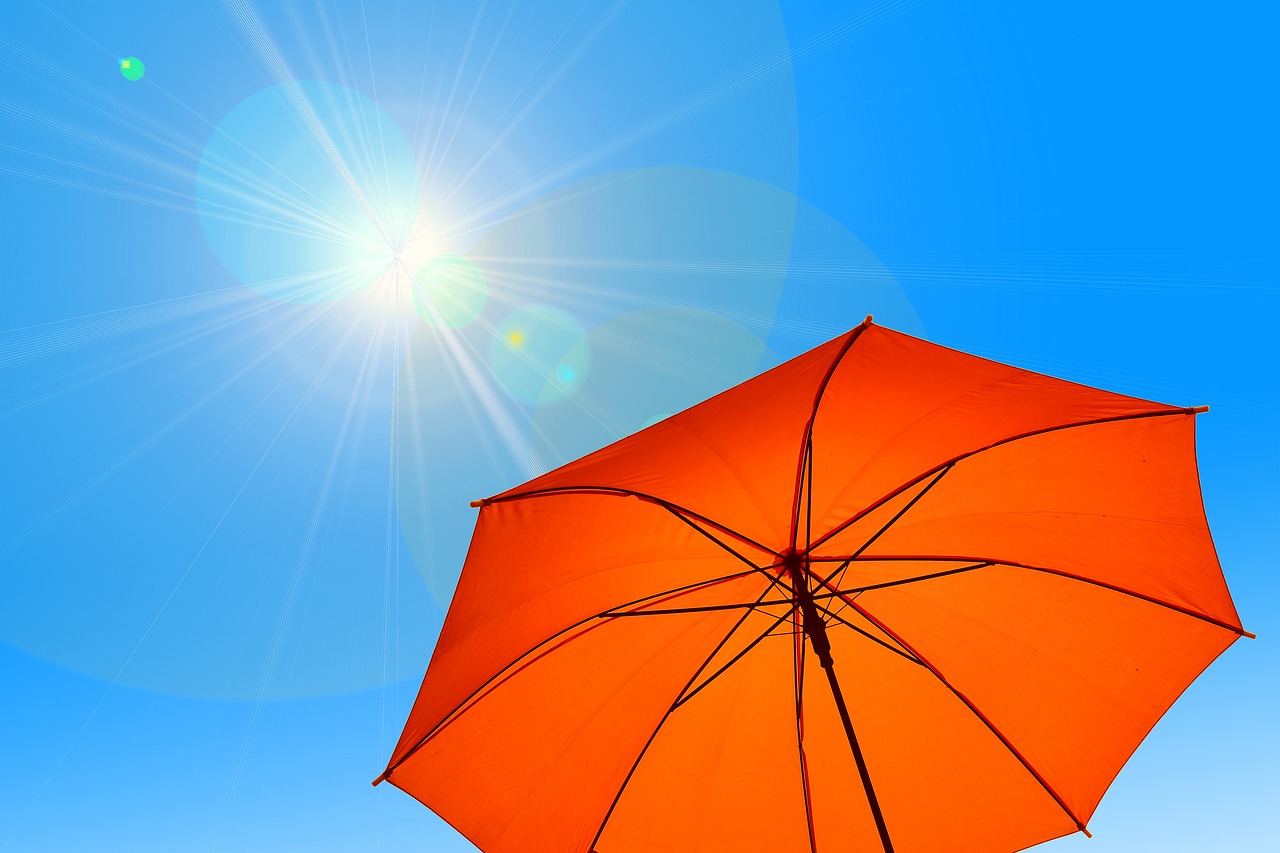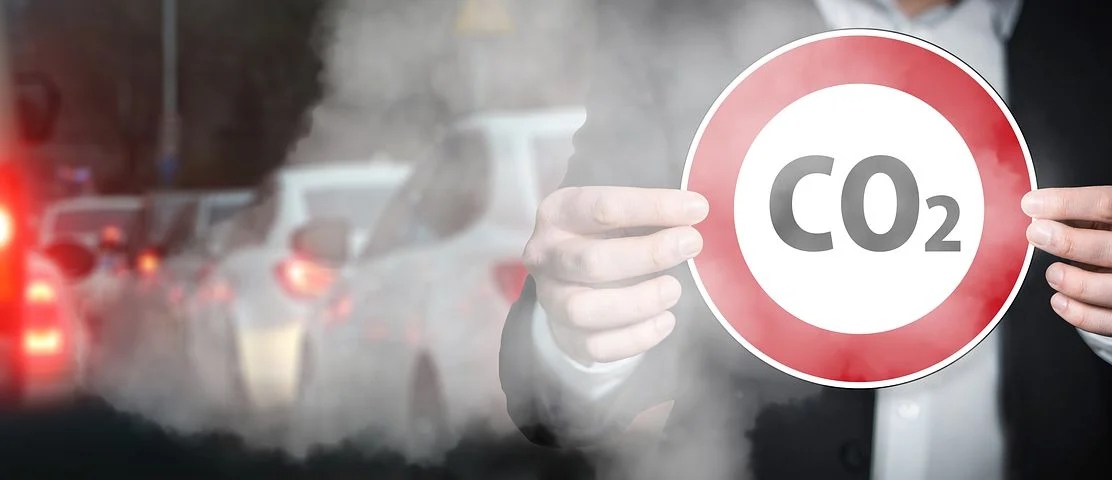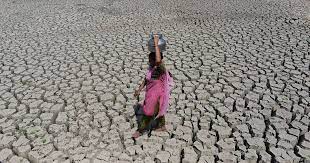Beware Hot AND Humid Days
Mammals in heat-stressed places like India could exit the planet
‘Heat waves across India scream report after news report. Are we witnessing the critical survival point World Bank had warned about last year? In a first time for the planet, temperatures in India will cross the ‘wet bulb temperature’ and the country could see lives lost to heat stress, the report had said.

Yes, we are seeing heat waves, but these are dry heat waves and can be tackled by adapting some measures. The body still is able to cool down a bit. The critical survival temperature cited by news reports relate to conditions following monsoons when the humidity is at a high, Prof J Srinivasan of Divecha Centre for Climate Change at the Indian Institute of Science told TEL.
However, the humid heat waves can pose ‘existential threat’ for large mammals like the elephant, tiger, lion AND humans, he quoted a guest editorial he had written for Current Science last year.
The critical or ‘wet bulb temperature’ WBT (or temperature shown by a thermometer covered by a wet cloth) for humans is usually considered as 35C, with an air temperature of 40 C and a relative humidity of 75%. Water vapour increases by 7 per cent for every one degree rise in temperature. The heat stress arises from a combination of high temperature and humidity. When heat from body cannot be given away by either convection (as the ambient temperature is higher) or evaporation (as air is saturated with vapour), it starts increasing within by 1 C every hour till it becomes intolerable. Death due to heat and humidity has been reported in some sports.
The professor noted that a Pennsylvania University study on young healthy adults showed that a 38 deg C dry bulb temperature and 40 per cent humidity was critical and this is already the prevalent climate in Indian coastal cities and will increase more in the coming decades, necessitating more air conditioning which in turn will add more GHG emissions. Again, in a country like India, not all affected can afford the air-conditioning either.


Stress from heat and humidity will increase a 100 times in 60 years, with workers in agriculture and construction industry bearing the brunt. An Indian study on the impact of heat and humidity showed a negative impact on the functioning of kidney of workers in auto parts and steel industry. This is where the heat action plans (HAP) need to be in place and regularly updated. The importance of these is seen in how Ahmedabad was able to bring down (over 1000) deaths from heat wave in 2010 to seven in 2015 after following HAP.
Most states have a HAP in place but how much of it is put into action is an open guess. In India, which is fifth in the extreme weather risk list, heat is still not considered a risk! Beginning with early warning and emergency preparedness, drinking water stations, shade provision, ambulance on call, amending work hours, there is much to be put in place. In fact, awareness-building on early symptoms and quick diagnosis are areas to put more efforts in, as heat waves become more frequent.


Million years ago
Going back in time a million years ago when the global mean temperature was higher than today, Dr Srinivasan brings it down essentially to surface area (heat dissipation) to body volume (for heat generation) ratio, showing how only big animals with a low ratio survived cold climes and small animals survived the hotter climes.
Under current temperature and humidity rise, large mammals cannot survive unless they go to cooler latitudes or elevations. Prolonged humid heat wave may spell disaster for lions, tigers and elephants and humans, the professor warns, adding that cooling may not be a luxury that developing nations can afford. Adaptation will be difficult so it becomes imperative to mitigate. Areas affected by heat stress will be much more than those affected by sea level rise, making it imperative we address it.
Such situations of critical survival will last longer and places that experience this will increase, according to a NASA study. Already many places have experienced WBT of 30 C and this has increased in the last three decades. Above 12 incidents of a WBT of 35 C have already been witnessed across the Indian sub-continent, Mexico and Australia, the study noted.
Dire prognosis
To prevent large areas in the tropics from touching the heat stress limit, the way out is to limit global warming to 1.5 C above pre-industrial era, as set by the IPCC. We have already seen a rise of 1 C in the last 100 years and the latest synthesis report on ‘climate crisis’ (not just climate change anymore) from the group indicates that a 1.5 deg rise in this century cannot be avoided.
Can we then hope to prevent heat stress? It all depends on how quickly and effectively we mitigate greenhouse gas emissions as well as address issues like deforestation and creation of more urban heat islands. Not much progress has been achieved since the Paris Agreement of 2015.
The IPCC study last year did not portend well for India as it predicted that climate change induced increase in temperatures would rise above the critical survival point. A Lancet study found that in India there was a 55% rise in deaths due to extreme heat between 2000-2004 and 2017-2021.

As early as 2030, India could see around 200 million people who are vulnerable to deadly heat waves. The need for green cooling in a sustainable way was highlighted in the World Bank report, which cited an investment opportunity worth $1.6 trillion in cooling, besides the potential to generate nearly 3.7 million jobs and also lower greenhouse gas emissions by reducing 300 million tons of carbon dioxide annually by 2040.
While India stands third in terms of total emissions, the per capita emissions show that an average American emits 18 tonnes of CO2 equivalent, a Chinese 9 tonnes and an Indian 2.5 tonnes! Collectively we emit 50 billion tonnes annually as compared to 35 billion tonnes in 1990.
Through its Nationally Determined Contributions to tackling climate change, India committed to achieve by 2030, a reduction in emissions intensity of its GDP by 33-35 % below 2005 levels, but at COP26 it revised these to figures to make them more achievable, yet inadequate to achieve the 1.5 degree path, according to Climate Action Tracker. International finance has been the challenge. However, India’s renewable energy capacity has expanded fastest in the world. But of concern has been its plan to expand on coal capacity with 26 GW of coal powered electricity by 2026. So also are plans to expand gas plants.
It Begins at the Dining Table
Prime Minister Modi has called upon behavioural change that begins at home, as part of Mission LiFE (Lifestyle for Environment) aimed at mindful use of resources to fight climate change. Some of the measures include making local bodies environment friendly, saving water and energy, reducing waste, adopting natural farming and launched last October. He was instrumental in sustainable lifestyle and consumption in the subsequent COP27 at Egypt. However, it will not be an easy task to get people to change. From conserving water and energy at home, or reducing waste by composting wet waste to enrich kitchen and terrace gardens, or conscious reduction of plastic and paper waste, it needs to begin with education happening all the time and all around.
Greenhouse gas emissions must peak by 2025 and decline 43 per cent by 2030, said the Paris Agreement. Very few nations have achieved the target. Perhaps we are en route to a large mammals’ exodus, including humans.
